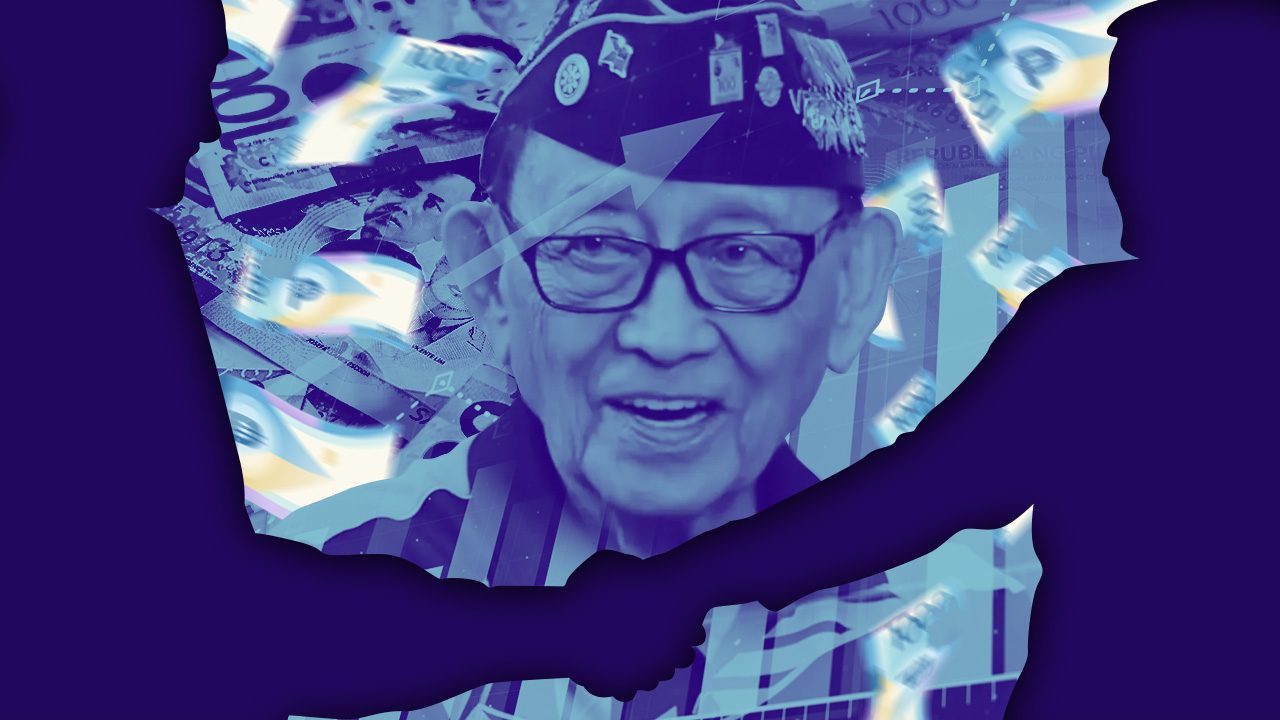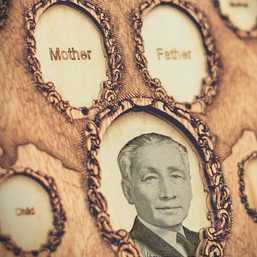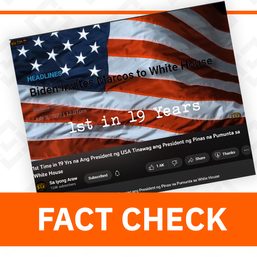SUMMARY
This is AI generated summarization, which may have errors. For context, always refer to the full article.

Fidel V. Ramos, or FVR to many, was the best president the Philippines ever had, bar none. I say this because I worked with him as his chief presidential legal counsel in liberalizing the economy that ushered in the competition the country needed to spur economic growth. FVR oversaw the deepest and broadest opening of the Philippine economy, resulting in the dismantling of monopolies and cartels.
FVR provided the overarching theme – leveling the playing field to empower all those able and willing to unleash their creativity and capacity to move the economy forward. His Cabinet members were tasked to think of initiatives to carry out this overarching theme.
One critical bottleneck that hobbled the growth of the economy was the extremely dismal telephone service provided by the Philippine Long Distance Telephone Company (PLDT), which was then a monopoly. In 1992 it could take as long as 15 years to get a landline in Metro Manila, and if you were lucky to get one you might still have a party-line. The telephone service in the Philippines was the butt of jokes in Asia, as exemplified by the remark of Prime Minister Lee Kuan Yew when he spoke before the Philippine Business Conference in Manila in November 1992. Said the straight-talking Lee Kuan Yew: “98% percent of Filipinos are waiting for a telephone, while the other 2% are waiting for a dial tone.”
FVR and his close advisers, led by General Jose Almonte, knew that unless the telephone service in the country improved a thousand-fold, foreign investors would bypass the Philippines and local investors would struggle to be efficient in their operations. There were suggestions to ask Congress to enact a law dismantling PLDT’s telephone monopoly, which meant overcoming PLDT’s known clout in Congress. I suggested instead to use the President’s executive power to allow new telecom players to enter the industry.
I submitted a memo to the President recommending that he could issue an Executive Order (EO) mandating PLDT to interconnect with any new telecom player desiring to enter the industry. Obviously, no one would subscribe to a new telecom player, and no new telecom player would enter the industry, if its subscribers could not call, or be called by, PLDT’s subscribers. At that time PLDT’s subscribers held 92% of all telephone lines nationwide, constituting almost all those with telephone lines in Metro Manila and in many other cities nationwide.
In short, the key to opening up the telephone sector was to compel PLDT to interconnect with new telecom players. As practiced in other countries, there would be an interconnection fee to be paid by the subscriber initiating the call. I attached to my memo a draft Executive Order for the signature of the President.
I gave a copy of my memo to General Almonte who assured me that FVR would decide what is best for the nation. We were both aware that PLDT was controlled by the Ramon Cojuangco clan, close cousins of former president Cory Cojuangco Aquino, whose support was pivotal in the election of FVR. It was an article of faith among the close advisers of FVR that he would, at the end of the day, decide what is best for the nation.
While waiting for FVR’s action on my memo, the PR people of PLDT in media started attacking me viciously for proposing to dismantle PLDT’s monopoly. Apparently, there was the inevitable leak that alerted PLDT to fight back. One morning FVR called me to his office and said: “You are being attacked in media. Where is that Executive Order you prepared. I will sign it now.” I thanked the President and told him that I would send the final copy to his office right away. Upon receipt, the President signed what became Executive Order No. 59 dated February 24, 1993. As instructed by FVR, I attested Executive Order No. 59, a function normally performed by the executive secretary.
After the issuance of EO 59, PLDT did not resist anymore the mandate to interconnect. The President was holding another ace – the Presidential Commission on Good Government had sequestered a large block of PLDT shares and could vote those shares in the election of directors. With the guaranteed interconnection, new telecom players rushed to enter the telecoms industry: Globe, Smart, Sun Cellular, Bayantel, Islacom and Extelcom. Anyone could now get a cellular handset immediately upon application, and the waiting time for a landline was only two to four weeks.
The swift and efficient dismantling of the PLDT monopoly made the business community realize that FVR was determined in leveling the playing field. There was little resistance when FVR, using his presidential power only, later opened up inter-island shipping, civil aviation and insurance. Congress enacted laws liberalizing banking and privatizing water distribution. Of all these reforms, the liberalization of telecommunications had the most far-reaching effect as it prepared the economy for the businesses in the digital age: Business Process Outsourcing (BPO), online banking, online publications, online video, online retailing, online learning, and many others.
FVR was truly a visionary leader, a hard-working problem solver who did his very best for the country. During his incumbency, the Philippines finally ceased to be called the Sick Man of Asia. – Rappler.com
Add a comment
How does this make you feel?
![[EDITORIAL] Apat na taon na lang Ginoong Marcos, ‘di na puwede ang papetiks-petiks](https://www.rappler.com/tachyon/2024/07/animated-bongbong-marcos-2024-sona-day-carousel.jpg?resize=257%2C257&crop=280px%2C0px%2C720px%2C720px)
![[In This Economy] Delulunomics: Kailan magiging upper-middle income country ang Pilipinas?](https://www.rappler.com/tachyon/2024/07/in-this-economy-upper-middle-income-country.jpg?resize=257%2C257&crop=421px%2C0px%2C1080px%2C1080px)

![[EDITORIAL] Marcos Year 2: Hilong-talilong](https://www.rappler.com/tachyon/2024/07/animated-bongbong-marcos-2nd-sona-carousel.jpg?resize=257%2C257&crop=136px%2C0px%2C720px%2C720px)
![[Newspoint] A fighting presence](https://www.rappler.com/tachyon/2024/07/thought-leaders-a-fighting-presence.jpg?resize=257%2C257&crop=441px%2C0px%2C1080px%2C1080px)



![[EDITORIAL] Marcos, bakit mo kasama ang buong barangay sa Davos?](https://www.rappler.com/tachyon/2023/01/animated-marcos-davos-world-economic-forum-carousel.jpg?resize=257%2C257&crop_strategy=attention)

There are no comments yet. Add your comment to start the conversation.